Description
Product Description
Octreotide pamoate (CAS No. 135467-16-2) is a synthetic octapeptide derivative of somatostatin, formulated as the pamoate salt to improve stability and pharmacological properties. Somatostatin is a naturally occurring peptide hormone that regulates endocrine and exocrine secretions, but its short half-life has limited its therapeutic use. Octreotide, as a long-acting analogue, overcomes this challenge and provides a valuable tool for research in endocrinology, oncology, and metabolic disorders.
Background and Discovery
Somatostatin plays a crucial role in inhibiting hormone secretion, including growth hormone (GH), insulin, glucagon, and gastrointestinal peptides. However, its half-life of less than 3 minutes made it unsuitable for practical therapeutic use. Octreotide, designed as a stable analogue, retains the inhibitory functions of natural somatostatin but with enhanced half-life, receptor selectivity, and potency. The pamoate formulation further enhances its pharmacokinetics, allowing for controlled release and extended biological activity in vivo, making it a critical compound in long-term disease models.
Structural Features
Octreotide pamoate maintains the core cyclic structure of somatostatin, but substitutions confer:
Increased resistance to enzymatic degradation
High binding affinity to somatostatin receptors SSTR2, SSTR3, and SSTR5
Improved half-life compared to endogenous somatostatin
The pamoate salt contributes to low solubility and sustained release, enabling its use in extended-release depot formulations for experimental studies.
Research Significance
Octreotide pamoate is extensively applied in studies of hormone-dependent diseases, cancer biology, apoptosis mechanisms, and metabolic regulation. Research shows that it can:
Suppress growth hormone secretion, making it vital in acromegaly models
Inhibit tumor growth by promoting apoptosis in receptor-positive cancer cells
Reduce insulin and glucagon release, enabling research on diabetes and metabolic syndrome
Modulate gastrointestinal activity, relevant in digestive disease models
Applications in Disease Research
Acromegaly Research
Oncology
Demonstrates direct antitumor effects by inducing apoptosis in somatostatin receptor-expressing tumors.
Applied in models of neuroendocrine tumors, pancreatic cancer, and gastrointestinal malignancies.
Apoptosis and Cell Signaling
Endocrine Disorders
Used to model the suppression of insulin, glucagon, gastrin, and vasoactive intestinal peptide (VIP).
Supports exploration of diabetes and hormonal dysregulation mechanisms.
Neuroendocrinology
Through its diverse applications, Octreotide pamoate has become a cornerstone tool in endocrine and oncology research.
Product Specifications
| Item | Details |
|---|
| Product Name | Octreotide pamoate |
| CAS No. | 135467-16-2 |
| Synonyms | SMS 201-995 pamoate |
| Molecular Formula | C49H66N10O10S2 (base) |
| Molecular Weight | ~1019.2 Da (base, before pamoate) |
| Compound Type | Synthetic octapeptide, somatostatin analogue |
| Target Receptors | SSTR2, SSTR3, SSTR5 |
| Mechanism | Gi activation, cAMP inhibition, apoptosis induction |
| Appearance | White to off-white crystalline or lyophilized powder |
| Purity | ≥98% (HPLC) |
| Solubility | Water-insoluble; soluble in DMSO and acidic buffers |
| Storage | -20°C, desiccated, protected from light |
| Stability | Stable for ≥12 months under recommended storage |
| Delivery Form | Lyophilized powder, sealed vials |
| Applications | Endocrine regulation, oncology models, apoptosis research |
Extended Notes
Pamoate salt formulation ensures sustained release properties.
Useful in animal models requiring long-term exposure.
Suitable for combination therapy research with chemotherapy or radiotherapy.
Mechanism of Action
Octreotide pamoate is a somatostatin receptor agonist that selectively binds to SSTR2, SSTR3, and SSTR5.
Receptor Binding and Signal Transduction
Activation of Gi proteins reduces intracellular adenylate cyclase activity, leading to decreased cAMP levels.
This cascade results in inhibition of hormone secretion from endocrine cells.
In tumor cells, signaling induces apoptosis and antiproliferative responses.
Hormonal Suppression
Growth Hormone (GH): Octreotide strongly inhibits GH release, relevant in acromegaly.
Insulin and Glucagon: Reduces secretion, altering glucose metabolism.
Gastrointestinal Hormones: Inhibits gastrin, secretin, and VIP, modulating GI activity.
Antitumor Effects
Induces apoptosis via mitochondrial and caspase-dependent pathways.
Inhibits angiogenesis by reducing VEGF and other pro-angiogenic signals.
Blocks tumor cell proliferation in receptor-positive malignancies.
Pharmacokinetic Role of Pamoate
Provides low solubility, ensuring slow absorption and extended half-life.
Suitable for depot administration in research requiring long-term peptide exposure.
Role in Combination Research
Side Effects
While Octreotide pamoate is a research compound, studies reveal potential side effects in preclinical models:
Endocrine and Metabolic Effects
Gastrointestinal Effects
Nausea, diarrhea, abdominal discomfort reported in experimental animals.
Reduced gastric motility and altered gut microbiota composition.
Cardiovascular Effects
Tumor-Specific Responses
Laboratory Safety Considerations
Disclaimer
Octreotide pamoate is provided strictly for research use only. It is not intended for human therapeutic use, diagnosis, or clinical application.
Keywords
Octreotide pamoate, CAS 135467-16-2, somatostatin analogue, SMS 201-995 pamoate, acromegaly research, endocrine peptide, SSTR agonist, antitumor peptide, apoptosis inducer, cAMP inhibitor.
Shipping Guarantee
We provide global logistics solutions:
Customs-cleared and tax-inclusive deliveries worldwide.
Full compensation for damage or loss during transport.
Trackable and secure international courier services.
Transaction Guarantee
Multiple payment options supported:
T/T bank transfer
PayPal
Cryptocurrency (BTC, ETH, USDT, etc.)
Other methods available upon request
All transactions are secure, transparent, and convenient.
 Enavermotide (CAS 524060-93-3) | UCP2 Immunological Agent for Antineoplastic Research
1 × $16.00
Enavermotide (CAS 524060-93-3) | UCP2 Immunological Agent for Antineoplastic Research
1 × $16.00 Elcatonin (CAS No. 60731-46-6) | Synthetic Analogue of Eel Calcitonin
10 × $26.00
Elcatonin (CAS No. 60731-46-6) | Synthetic Analogue of Eel Calcitonin
10 × $26.00 Nelipepimut-S (CAS 160212-35-1) | GMP Supplier & Peptide Vaccine Research
10 × $24.00
Nelipepimut-S (CAS 160212-35-1) | GMP Supplier & Peptide Vaccine Research
10 × $24.00 Depreotide | CAS No. 161982-62-3
10 × $26.00
Depreotide | CAS No. 161982-62-3
10 × $26.00 Onzigolide (BIM-23A760) (CAS 778630-77-6)
10 × $23.00
Onzigolide (BIM-23A760) (CAS 778630-77-6)
10 × $23.00 MM-401 | CAS No. 1442106-10-6
10 × $26.00
MM-401 | CAS No. 1442106-10-6
10 × $26.00 Enviomycin | CAS No. 33103-22-9
10 × $25.00
Enviomycin | CAS No. 33103-22-9
10 × $25.00
 Enavermotide (CAS 524060-93-3) | UCP2 Immunological Agent for Antineoplastic Research
Enavermotide (CAS 524060-93-3) | UCP2 Immunological Agent for Antineoplastic Research  Elcatonin (CAS No. 60731-46-6) | Synthetic Analogue of Eel Calcitonin
Elcatonin (CAS No. 60731-46-6) | Synthetic Analogue of Eel Calcitonin 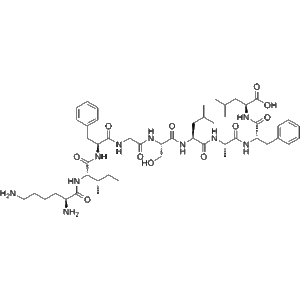 Nelipepimut-S (CAS 160212-35-1) | GMP Supplier & Peptide Vaccine Research
Nelipepimut-S (CAS 160212-35-1) | GMP Supplier & Peptide Vaccine Research 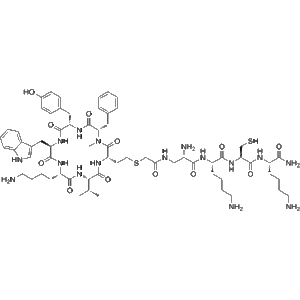 Depreotide | CAS No. 161982-62-3
Depreotide | CAS No. 161982-62-3 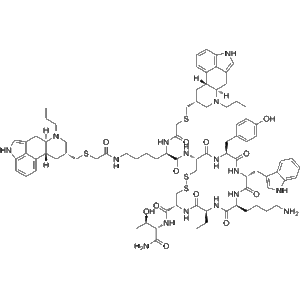 Onzigolide (BIM-23A760) (CAS 778630-77-6)
Onzigolide (BIM-23A760) (CAS 778630-77-6) 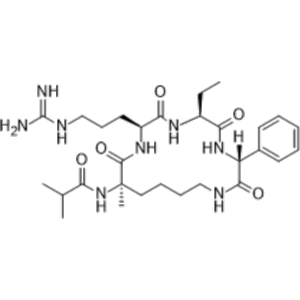 MM-401 | CAS No. 1442106-10-6
MM-401 | CAS No. 1442106-10-6 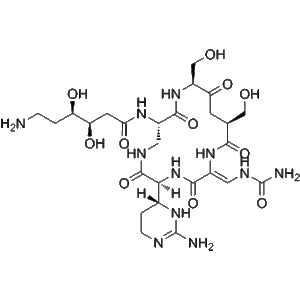 Enviomycin | CAS No. 33103-22-9
Enviomycin | CAS No. 33103-22-9 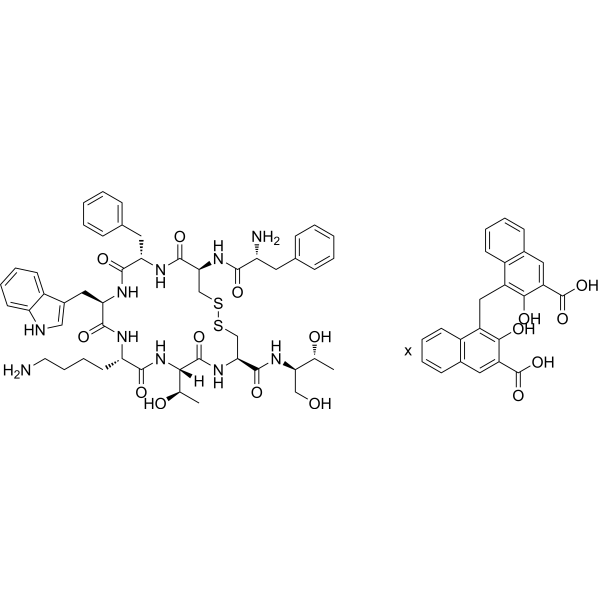
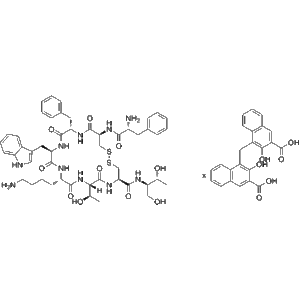

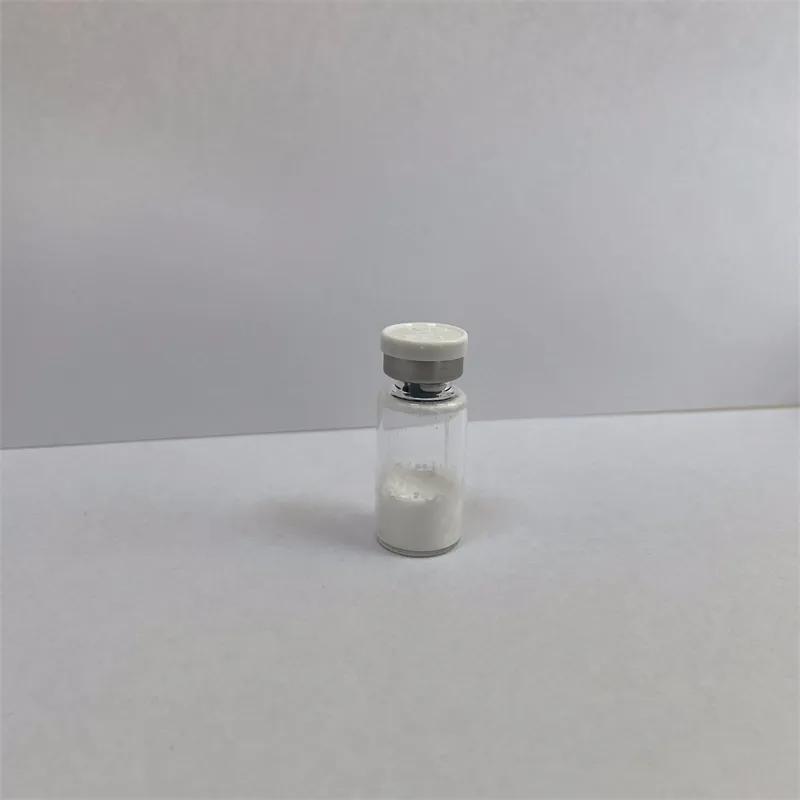
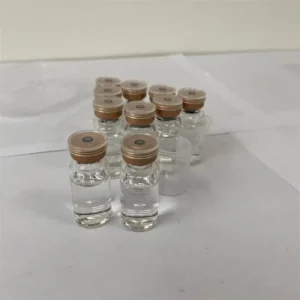
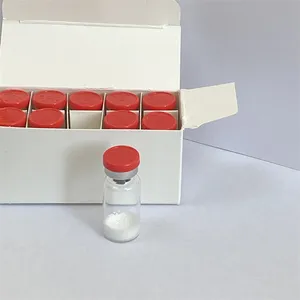
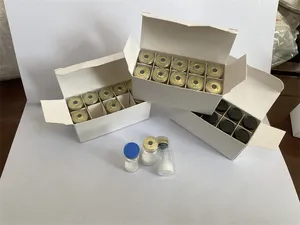
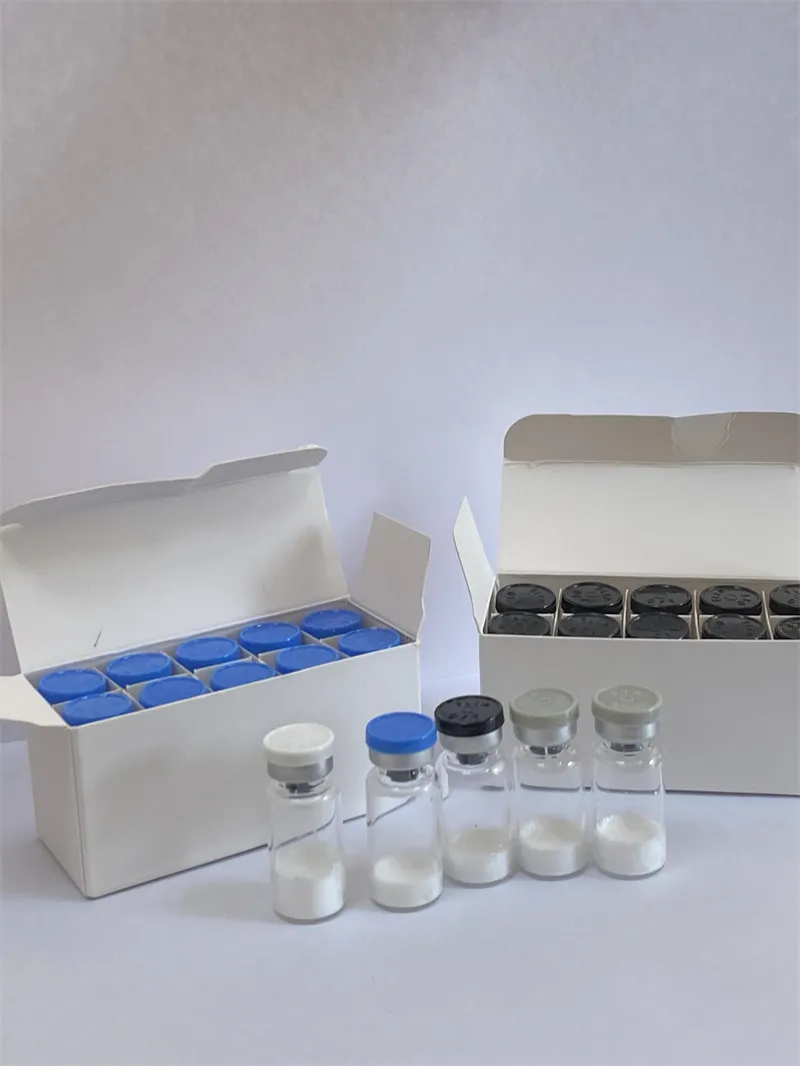
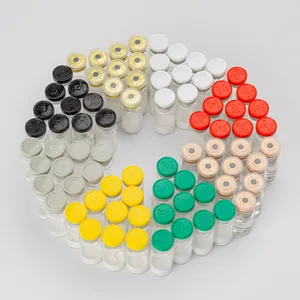

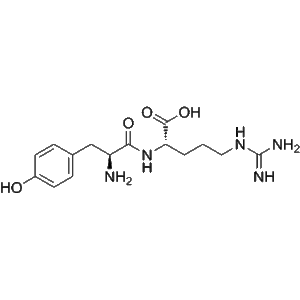
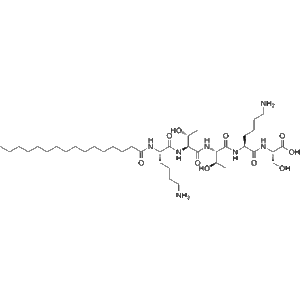
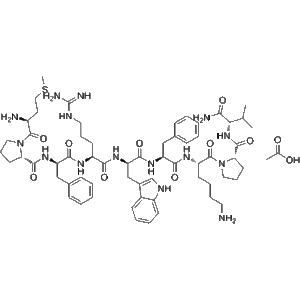
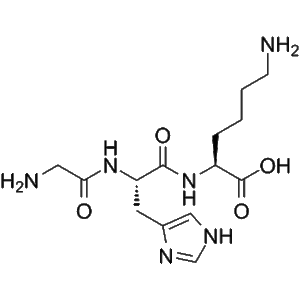
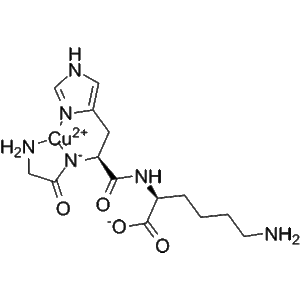
Reviews
There are no reviews yet.